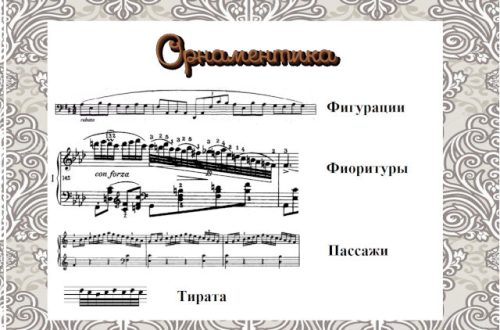
Relationship of keys
Contents
How to determine the set of keys that are most often used when composing songs?
In this article, let’s talk about the relationship of keys . In general, all major and minor keys form groups of keys that are in harmonic relationship.
Relationship of keys
Consider the key of C major:

Figure 1. Key in C major
In the diagram, Roman numerals indicate the steps of tonality. On these steps, we will build triads so as not to use accidentals , since C-dur has no accidentals:

Figure 2. Triads in C major scales
On the 7th step, it is impossible to build neither a major nor a minor triad without accidentals. Let’s take a closer look at what triads we have built:
- C-major on the I step.
- F-major on the IV step. This tonality is built on the main step (IV).
- G major on the 5th degree. This tonality is built on the main step (V).
- A-minor on the VI step. This key is parallel to C major.
- D minor on the second step. Parallel key in F-major, built on the IV (main) step.
- E-minor at the III step. Parallel key in G major, built on the V (main) degree.
- In the harmonic major, the fourth step will be F-minor.
These keys are called cognate to C major (not including, of course, C major itself, with which we started the list). Thus, related keys are called those keys, the triads of which are on the steps of the original key. Each key has 6 related keys.
For A minor, you can try to find related ones yourself. This should look like this:
- on the main steps: D-minor (IV step) and E-minor (V step);
- parallel to the main key: C-major (III degree);
- parallel to the keys of the main steps: F-major (VI step) and G-major (VII step);
- tonality of the major dominant: E-major (V degree in the harmonic minor). Here we explain that it is the harmonic minor that is being considered, in which the VII step is raised (in A minor it is the note Sol). Therefore, it will turn out to be E-major, and not E-minor. Similarly, in the example with C-major, we got both F-major (in natural major) and F-minor (in harmonic major) on the IV step.
The triads that you and I got on the steps of the main keys are tonic triads of related keys.
Results
You got acquainted with the concept of related keys and learned how to define them.





